Xi’an, the capital of Shaanxi Province in central China, is a prominent landmark on the eastern terminus of the Silk Road. Often referred to as ‘the birthplace of Chinese civilization,’ Xi’an has been ruled by 13 imperial dynasties, the most for any city, and today holds claim to some of China’s best-preserved and most fascinating ancient structures.
While the Terracotta Army is the most famous tourist attractions in the region, there are plenty of other things to do in Xi’an. Today, the city’s captivating history can be discovered through its prehistoric tombs, Buddhist relics, age-old hot springs, authentic cultural sites, fortified walls, and secret passageways.
12. Small Goose Pagoda
The Small Goose Pagoda was named after its larger and better-known namesake, the Giant Wild Goose Pagoda, and was used to store age-old Buddhist sutras.
Built in 707 during the Tang Dynasty opposite its mother temple, Jianfu Temple, it stood 45 meters tall until it was partially destroyed in the 1556 earthquake. Today, the pyramid-shaped pagoda towers 43 meters and miraculously boasts 13 out of the original 15 stories. Visitors can climb a winding wooden staircase to a viewing platform overlooking the temple complex and Xi’an.
The Small Goose Pagoda is famous for its morning bell that can be rung for good luck. The original hangs in the nearby Bell Tower, and a 10-tonne replica known as the Morning Bell Chimes of the Pagoda can be found here. It’s considered one of the eight major cultural sites of Shaanxi Province!
11. Xianyang City Museum
The Xianyang Museum is one of China’s best-known museums. It’s here that you’ll be able to uncover the rich history of the Quin Dynasty, back when Xi’an was the capital of the Empire.
Spread across nine exhibition halls in a building that was once a Confucian Temple, the museum features 130,000 historical artifacts, Buddhist statues, stone carvings, imperial tombs, and ruins that are well over 2,000 years old.
Don’t miss the collection of 3,000 terracotta soldiers and horses, as well as the bronze and jade exhibits excavated from the tomb of Liu Bang – the first Han Emperor. Bring your passport to receive free entry!
10. Drum Tower
Named after the enormous drum within it, the Drum Tower beats at sunset to mark the day’s end. It faces the Bell Tower – its twin tower – in the heart of Xi’an.
Built in 1380 during the early Ming Dynasty (without the use of nails!), the Drum Tower has been renovated twice, and the architecture is a mixture of styles from the Tang and Qing dynasties.
Inside, you’ll find a plethora of drums decorated in Chinese script. Keep an eye out for the newest cowhide-covered drum in the collection – it’s the biggest in China!
Visitors can enjoy musical performances, listen to the morning bell and evening drumbeat, and climb to the top of the 38-meter tower for an excellent view over the city.
9. Tomb of Emperor Jingdi
The Tomb of Emperor Jingdi is the final resting place of the Emperor of the Han Dynasty and his queen. During his reign, Jingdi made a huge impact on the lives of his people, harnessing the powers of peace and diplomacy rather than warfare.
Built between 188 and 141 BC in northern Xi’an, it’s one of the city’s most underrated attractions. Inside, there are two sections – the museum and the burial sites. The museum portrays over 2,500 years of history, including over 50,000 toy-sized terracotta figurines that were unusual for the time because they featured eunuchs, servants, and female cavalry.
Explore 21 of the 81 narrow pits within the tomb, one of the only underground mausoleums in China. Glass floors offer views of the relics below.
8. Huaqing Palace
The Huaqing Palace, also known as the Huaqing Pool, is a royal palace and natural hot spring at the foot of Mount Li. Take your time exploring the endless cultural relics, landscaped gardens, and over 100 hot pools of different shapes and sizes.
Of the four springheads, one was found in 771 BC, and the other three were created after liberation. With over 6,000 years of history, the hot spring has long been revered for its mineral-rich properties, and its healing powers for various skin ailments, rheumatism, arthritis, and muscular pain.
Highlights include the Palace of Eternal Life, Furong Garden, Nine-dragon Lake, the Royal Soup Site of the Tang Dynasty, and the impressive Book Wall of Song of Regret – an illustrious poem penned by poet Bai Juyi to honor the love story between Emperor Xuanzong of Tang and his lover, Yang Guifei.
7. Great Mosque of Xi’an
The centuries-old Xi’an Great Mosque is one of China’s most historic and best-preserved Islamic mosques. Constructed in 742 during the Tang Dynasty, it’s an unusual mix of Muslim and Chinese-style architecture.
Facing westwards, towards Mecca, the Xi’an Great Mosque features Arabic archways, memorial walls, and pagoda-filled gardens. Explore the four courtyards, taking a look at the gorgeous wooden arch in the first courtyard. Standing nine meters tall, it’s covered in striking 17th-century tiles. The stone arch in the second courtyard with its famous calligraphy, the Xingxin Tower in the third, and the large blue-roofed prayer hall in the fourth are major highlights.
While the mosque is beautiful to visit all year round, it’s especially so in the spring when the gardens are bursting with gorgeous pink and white magnolias.
6. Shaanxi History Museum
Shaanxi History Museum is the first modern museum in China, offering a brief overview of the country’s thousand-year-old history and cultural practices. Opened in 1991, the museum boasts 370,000 intriguing exhibits dating back to prehistoric times.
The museum is reminiscent of the Tang Dynasty architecture, with a two-story central hall and four surrounding worship halls. The halls are mainly black, white, and grey, which gives them a solemn feel.
Explore the exhibition halls, divided into four main groups – the Preface Hall, permanent exhibition halls, temporary exhibition halls, and an exhibition for Tang Mural Paintings. Don’t miss the replica of a stone lion from the Shunling Tomb of the Tang Dynasty and the four original terracotta warrior statues on the ground floor.
5. Xi’an Bell Tower
The Ming-style Xi’an Bell Tower marks the city’s geographical center and is one of China’s most iconic landmarks. Originally built in 1384 by Emperor Zhu Yuanzhang near the Drum Tower as a military command center, it was relocated as the city grew and used to mark time.
The present-day tower was rebuilt in 1582 about 1,000 meters to the east using all of the original features, except for the base. Crafted out of wood, green-glazed tiles, and touches of gold, the 36-meter tower is the largest and best-preserved of its kind in China.
Inside, visitors can climb the spiral staircase and admire the Ming and Qing-style engravings, porcelain museum, a series of bronze bells and stone chimes, and continue upwards to the terrace for a view over the Xi’an’s four cardinal streets.
The original bell, known as the Jingyun Bell, was relocated here from Jinglong Temple in the early Ming Dynasty, but later moved to the Xian Stone Steles Museum. Today, a six-tonne replica takes its place and chimes for ten minutes, multiple times a day.
4. Muslim Quarter
The Muslim Quarter forms the core of the Muslim community in Xi’an. Located in the heart of the city, it’s home to more than 20,000 Muslims and is a bustling spot – particularly in the evenings.
The quarter is well worth exploring; there are multiple mosques, including the Great Mosque, as well as affordable food and souvenir markets. The Beiyuanmen Muslim Market behind the Drum Tower has a host of Muslim-owned food stalls along a narrow, tree-lined street. Try authentic local delicacies like Rou Jia Mo or Yangrou Paomo.
Other highlights include Hanguang Gate, the City God Temple, Xicheng Gate Tower, and, of course, the Grand Mosque.
3. Big Wild Goose Pagoda
The Big Wild Goose Pagoda is one of Xi’an’s most famous landmarks. Erected in 652 as a place to study Buddhist scripture, this square pavilion pagoda originally had five floors towering 60 meters. A further two stories were added in 704 by Empress Wu Zetian, and its brick frontage was refurbished during the Ming dynasty.
The Buddhist pagoda can be found within the complex of Da Ci’en Temple, built to honor Tang Emperor Li Zhi’s mother. The pagoda was used mainly as a storage area for Buddhist figurines brought back from India in the 7th-century.
Inside, the walls are engraved with Buddha statues by celebrated artist, Yan Liben. Visitors can climb the stairs for a view of the city on all four sides of each floor. Don’t miss the music fountain in the North Plaza – the largest in Asia – which boasts a spectacular light, sound, and water show.
2. Xi’an City Wall
The ancient Xi’an City Wall that surrounds the city is the first thing you’ll see when you visit Xi’an. It’s the best-preserved city wall in China, and one of the largest ancient military defensive systems in the world.
Xi’an was once a fortified city seven times larger than today’s city center. It was built in 1370 during the reign of Zhu Yuanzhang, the first Emperor of the Ming Dynasty, as a way to protect the city. The original structure was made from soil, quick lime, and glutinous rice extract, and later enclosed in brick. While the wall was rebuilt throughout the years, it still divides the city into inner and outer sections.
Visitors can stroll or cycle the wall to admire the city from above. Late afternoon is best for photographs! Highlights include the moat, the horse passages, secret tunnels, and the 98 flanking towers and watchtowers.
1. Terracotta Army
The Terracotta Army is an enormous collection of life-sized terracotta sculptures of the imperial guard, about an hours’ drive outside of Xi’an.
Spread across three underground chambers, the miniature army was built in 246 BC to protect Emperor Qin Shi Huang, the first emperor of unified China (who took the throne when he was just 13), in the afterlife. Unfortunately, it was completed in 208 BC, two years after his death.
The impressively detailed army remained undiscovered until 1974, when it was found by well-digging workers. Handcrafted from yellow earth, a claylike substance found at the site, it took over 700,000 people and 40 years to complete.
Today, most of the terracotta warriors are remarkably intact, even after centuries of exposure. Don’t miss the warrior hospital in Pit One and the Qin Shi Huang Emperor Tomb Artefact Exhibition Hall with its bronze chariots found near the emperor’s tomb.
Best Time to Visit Xi’an
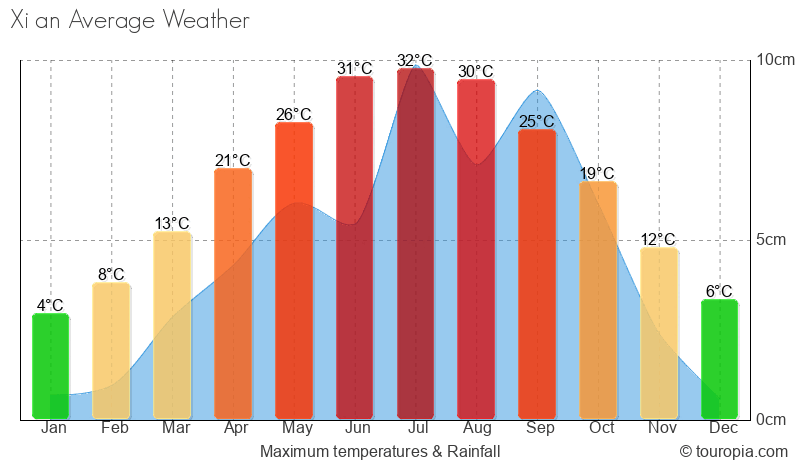
While Xi’an is generally quite pleasant all year round, spring and autumn are the best times to visit. This is when the weather is warm and the colors of its flowers and trees are most beautiful.
From March to May and in September and October, temperatures average a comfortable 14 to 26°C (57 to 79°F). While springtime often sees dust storms blast through and autumn has rather a lot of rain, most people still visit Xi’an during these months. As such, its sights and hotels can get quite busy, particularly around the Chinese National Day holidays in October. Due to the cooler weather, these are the best months to hike or bike along its city walls.
As summers are very hot, humid and rainy in the city, you’re best off avoiding these months if possible. June through August is also when students in China have holidays so most places will be packed. To escape average temperatures of 31 to 32°C (88 to 89°F), many go hiking at the cooler Huashan Mountain nearby.
November to February is the low season despite it being very dry. This is because the days are usually cold, overcast and foggy which makes sightseeing unpleasant.

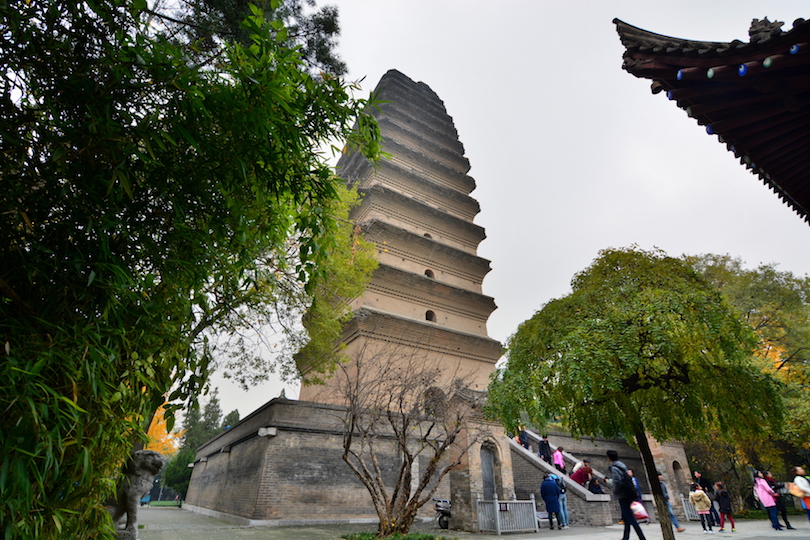
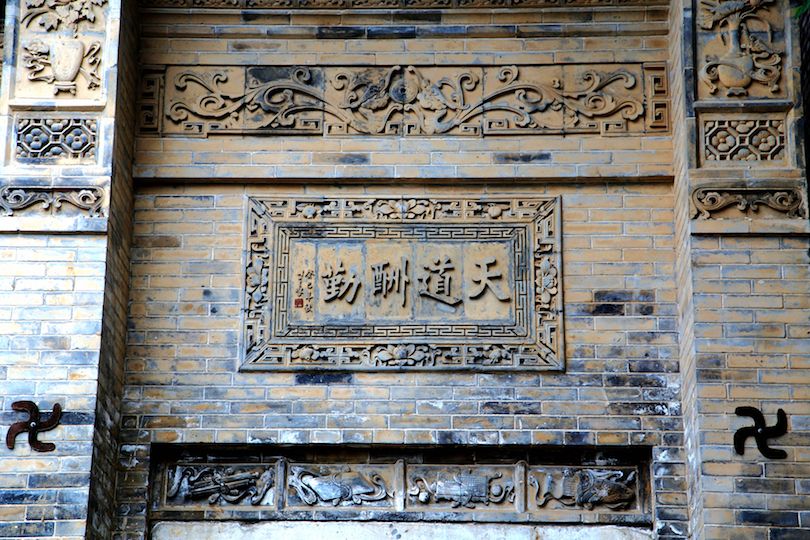
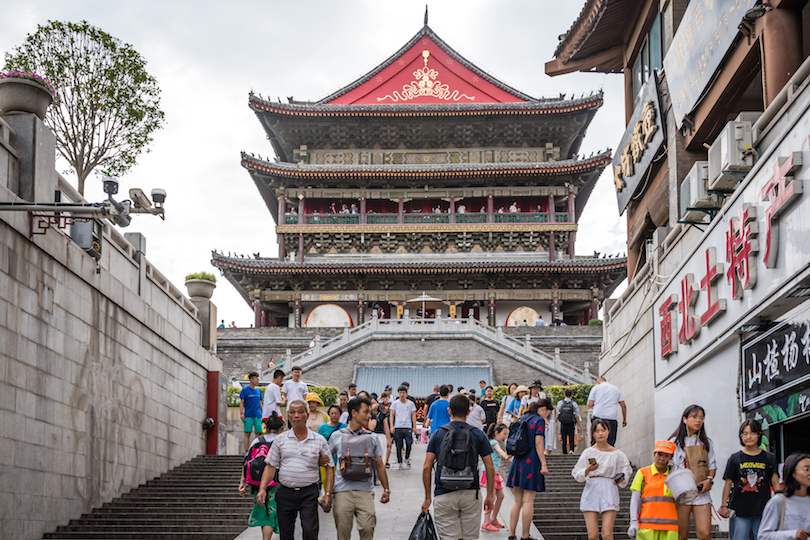
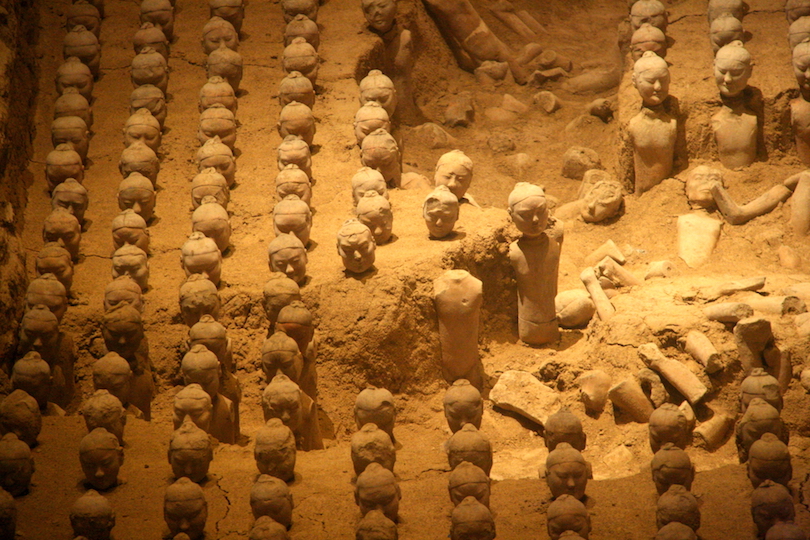
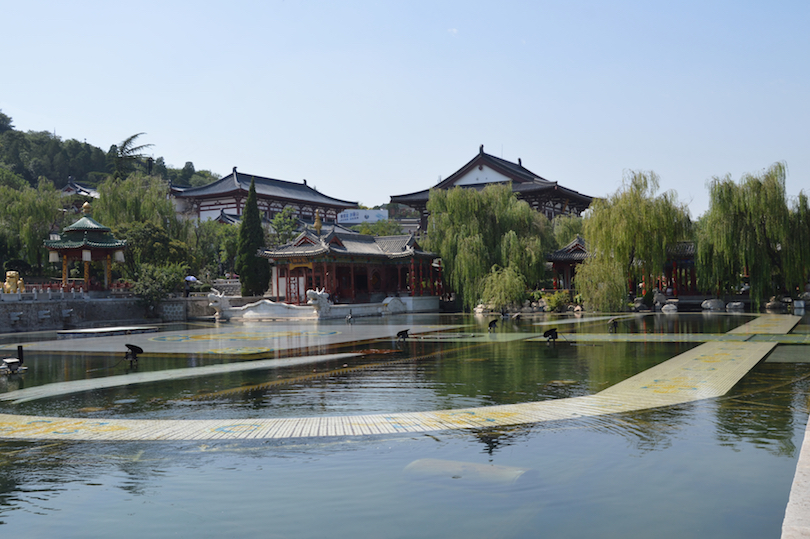

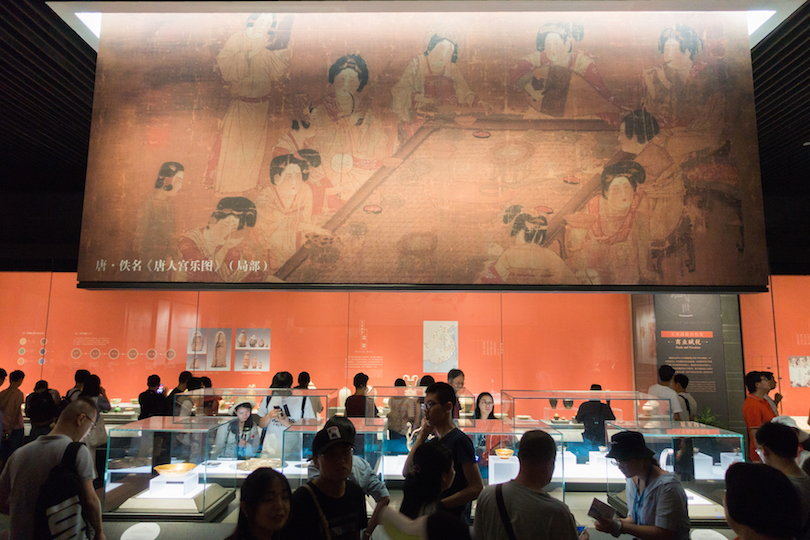
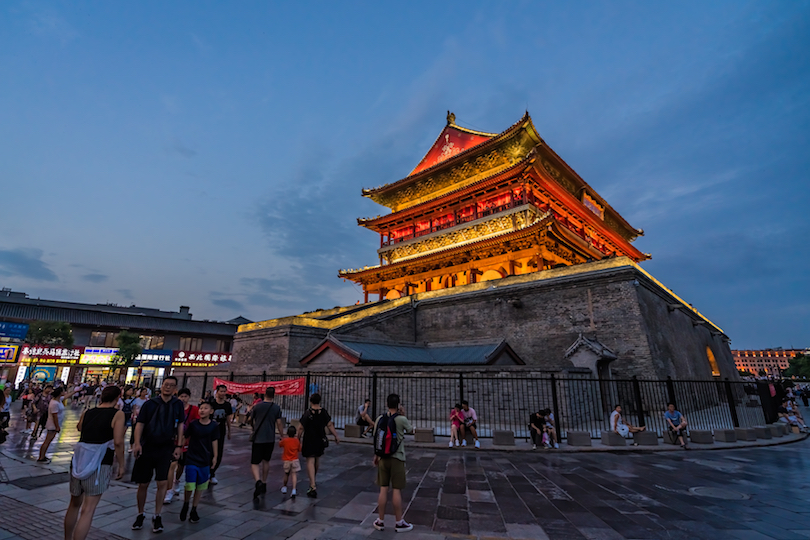
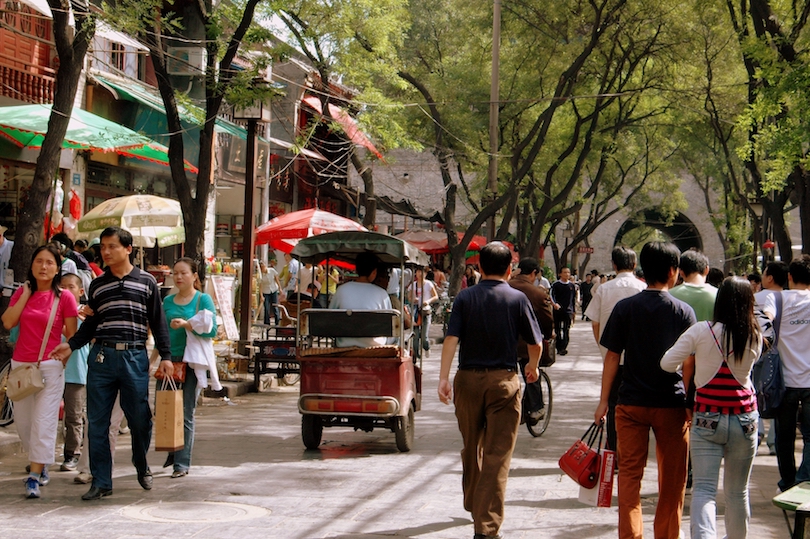
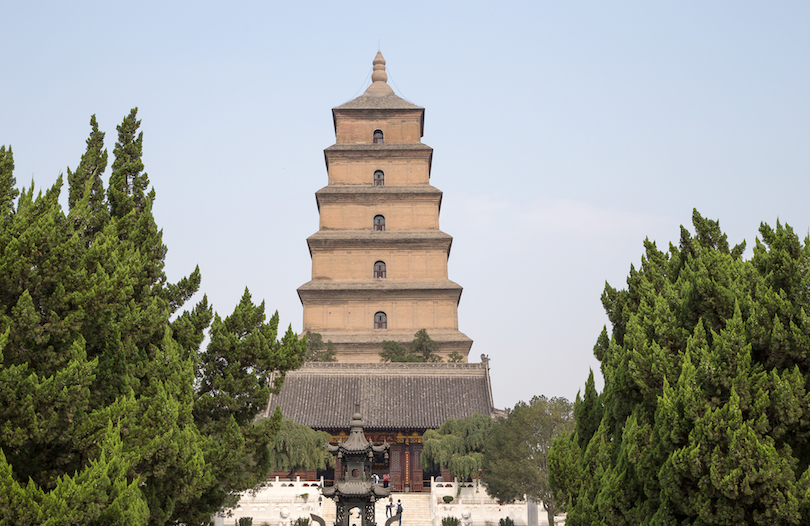
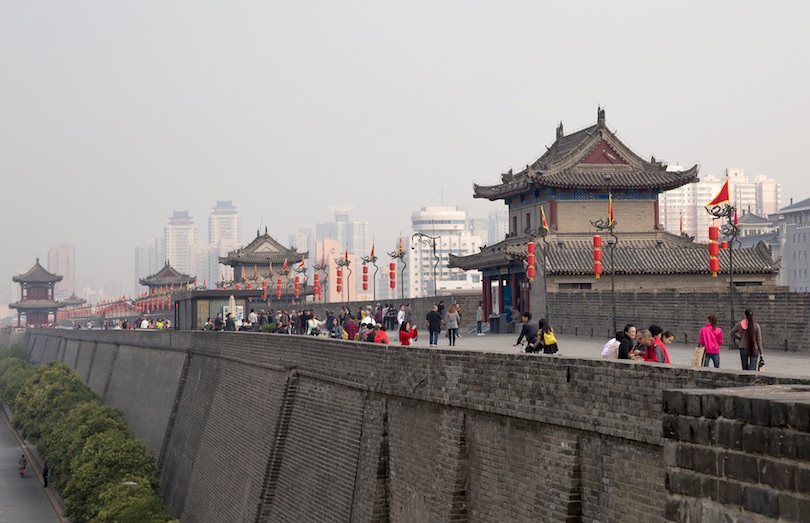
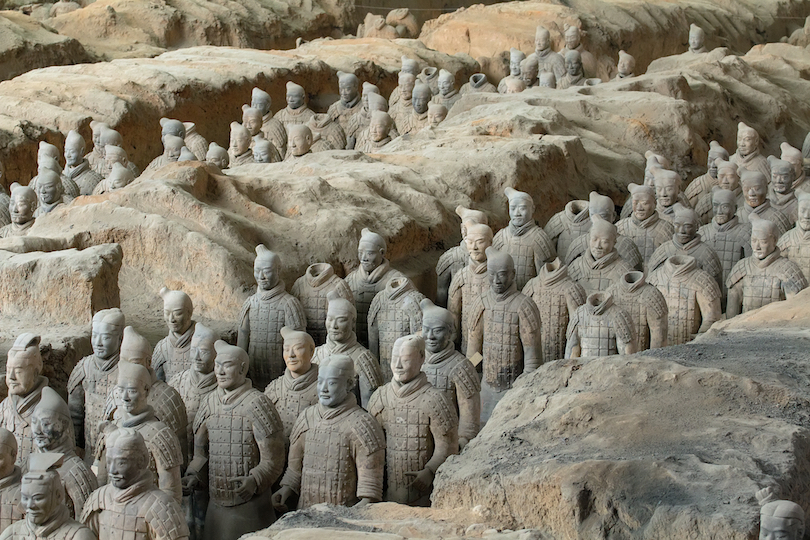
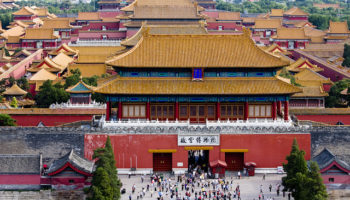
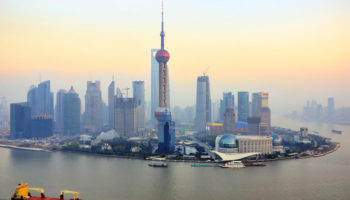
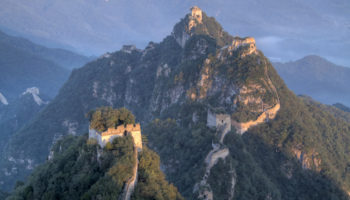
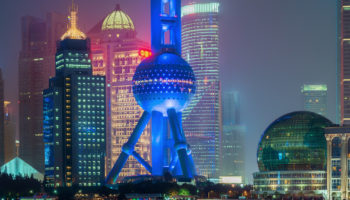
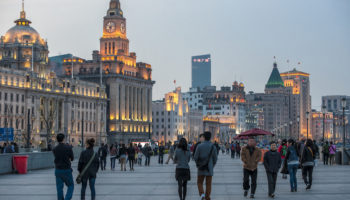

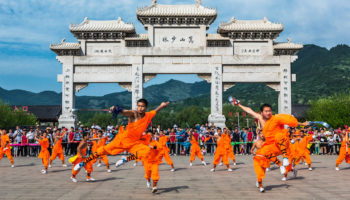


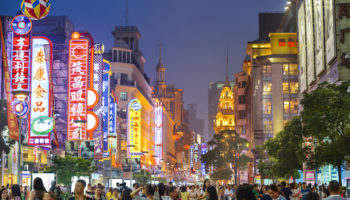
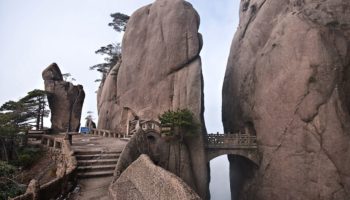
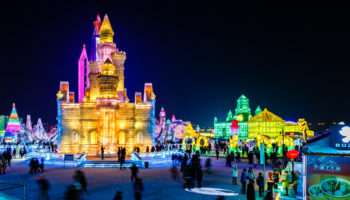
Leave a Reply